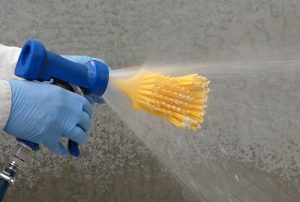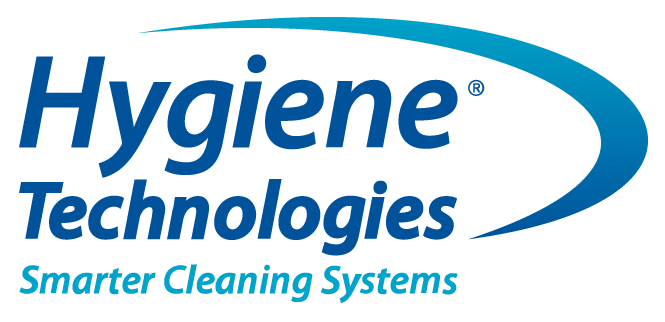Hello Guest,
 If your hygiene equipment is dirty, you cannot expect to get anything clean. That raises cross-contamination risks that could put your business in jeopardy. Here are some ways to ensure you remain spick, span and safe.
If your hygiene equipment is dirty, you cannot expect to get anything clean. That raises cross-contamination risks that could put your business in jeopardy. Here are some ways to ensure you remain spick, span and safe.
Imagine that you have two walls. Your job is to paint the first wall red, then paint the second wall white. You probably wouldn’t use the same brush for your white wall as you used for your red wall. Although using the same brush would save you time, your white wall would most likely end up pink. So, in this instance a pink wall would be a very visible sign of failure.
Using cleaning equipment that hasn’t been sterilised is equally as detrimental. You already know that it’s essential to keep your production site spotless. That’s why you have cleaning rosters. But all that well-intentioned cleaning may be almost useless if you are failing to sterilise your cleaning equipment. The cross-contamination risks are huge and unlike a pink wall, you often can’t see the damage that’s being done.
If your cleaning equipment is dirty, how can you expect it to actually clean anything? Exactly, you can’t. That’s not ideal when cleanliness is the backbone of food safety. Even worse, you could make areas of your production site dirtier than they were before you started cleaning – leaving yourself wide open to major cross-contamination risks.
There are three main routes of cross-contamination
1. Microbiological: When cleaning equipment is left damp and dirty after use, it forms a fertile breeding ground for bacteria, viruses and mould. These microbiological risks can be easily transferred from your hygiene equipment to your production facilities during cleaning.
2. Physical: Dirt, grit and debris from your cleaning equipment also represents a contamination risk. The same is true for materials from the cleaning items themselves – such as loose wire bristles or brush fibres.
3. Chemical: Sometimes the chemicals used to clean hygiene equipment represent a contamination risk if their concentration is too high. Also in this chemical category is allergenic contamination where – for instance – a cleaning item is used on a line handling egg and then a line where known allergens are not normally processed. This ‘allergen-free’ line would now potentially be contaminated.
The best way to track food allergens on your site
The problem with using unclean hygiene equipment is that often you cannot see the risks it’s posing. Unlike a white wall turning pink, the microbiological risks are often invisible to the naked eye. Even physical debris can be so small that it goes unnoticed, but the risks are significant enough to take action. If food that was contaminated at your production site made it to market, the ramifications could be severe. So while a thorough cleaning process is essential for any site, it’s crucial to remember to keep your actual hygiene equipment clean too.
For more information on how to clean your tools, try one watching one of our helpful tutorials or contact us for more solutions.
